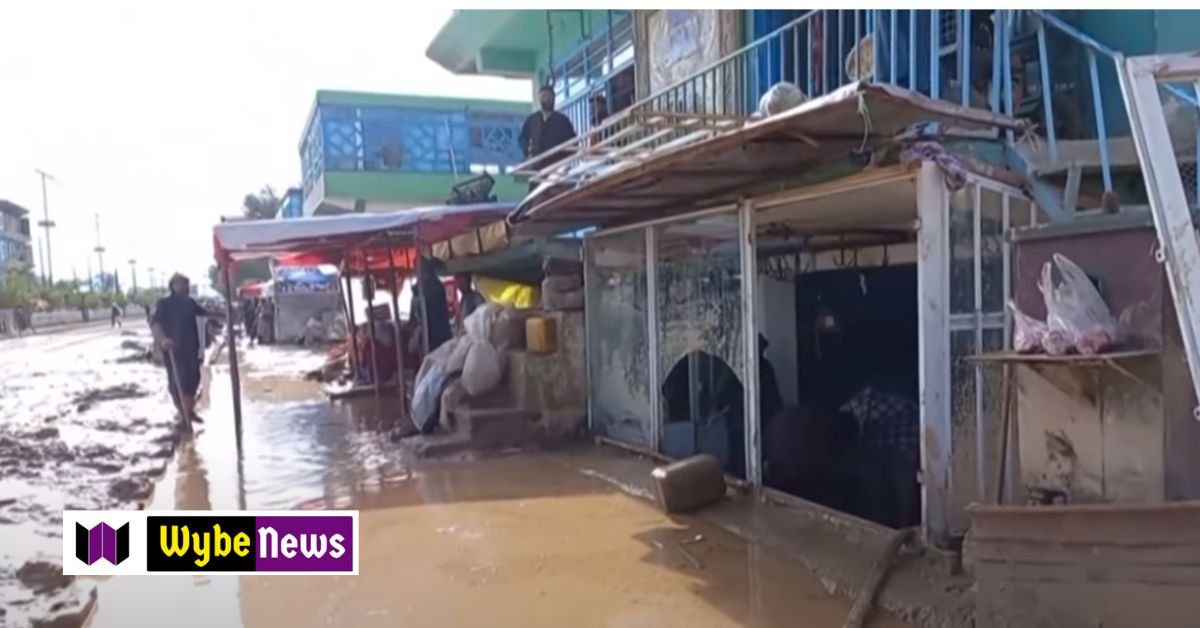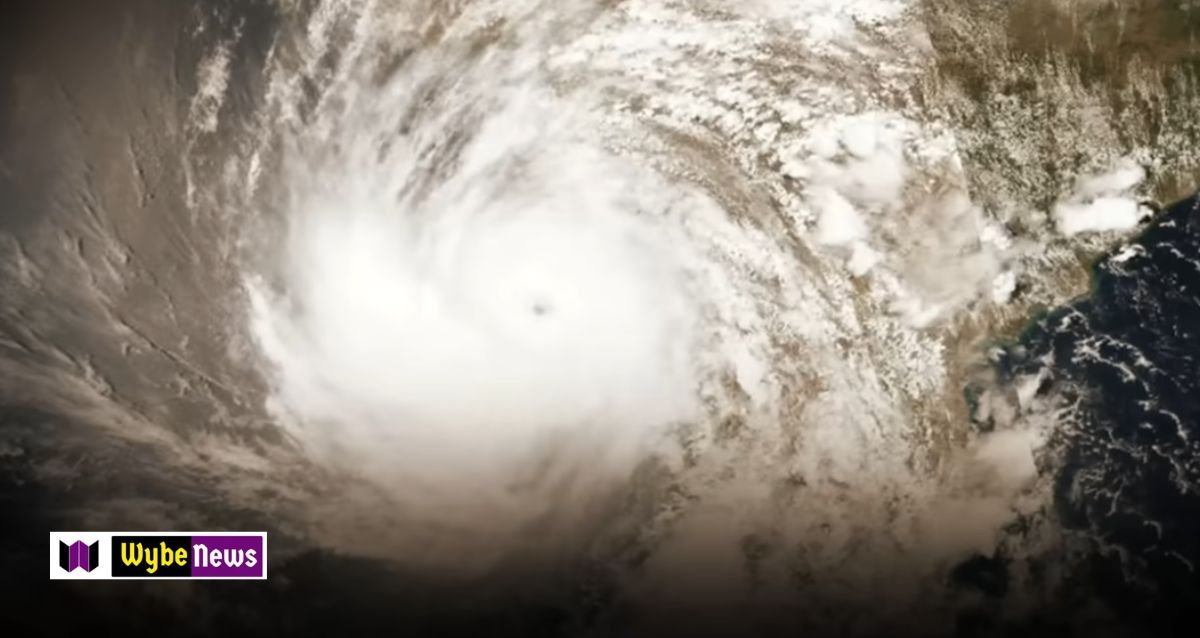Flash Floods Devastate Northern Afghanistan: Death Toll Rises to 84

Catastrophic Impact in Faryab and Ghor Provinces
The recent flash floods in Northern Afghanistan have had a catastrophic impact, particularly in the provinces of Faryab and Ghor. In Faryab, the situation is dire as the floods that struck four districts on Saturday night have resulted in the deaths of 66 people, with five more injured and eight still missing. The deluge has obliterated approximately 1,500 houses, leaving hundreds of families homeless. Additionally, hundreds of hectares of farmland, which form the backbone of the local economy, have been destroyed. The floodwaters also claimed the lives of over 300 animals, further exacerbating the economic distress of the affected communities. These figures add to the toll from earlier floods on Friday, which had already resulted in 18 fatalities.
Shifting focus to Ghor province, the situation is equally devastating. The death toll from Friday’s floods has now reached 50, marking Ghor as another severely affected region. The United Nations World Food Program (WFP) has identified Ghor as the most impacted area, emphasizing the extensive damage that has occurred. The floods have not only led to a significant loss of life but have also caused widespread destruction to infrastructure and livelihoods. The severity of the situation in Ghor necessitates an urgent and robust humanitarian response to address the immediate needs of the affected population.
The widespread damage in both Faryab and Ghor underscores the urgent need for coordinated relief efforts. The scale of destruction has overwhelmed local capacities, and immediate intervention is critical to prevent further loss of life and to provide essential support to those affected. Humanitarian agencies are called upon to deliver food, shelter, and medical aid to the devastated areas. The recent flash floods serve as a stark reminder of the vulnerability of these regions to natural disasters and the importance of enhancing disaster preparedness and resilience to mitigate future impacts.
Ongoing Crisis in Baghlan and Historical Context
The ongoing crisis in Baghlan province is exacerbating the already dire situation in Northern Afghanistan. Last week’s heavy rains have led to catastrophic flash floods, resulting in the tragic loss of over 300 lives and the destruction of thousands of homes. The survivors are now confronted with the harsh reality of having no homes, land, or means of livelihood. The severity of the situation is compounded by the fact that most of Baghlan is inaccessible by road, making the delivery of much-needed relief extremely challenging. The inaccessibility hampers the efforts of rescue teams and aid organizations, leaving many in desperate need of basic necessities such as food, clean water, and medical supplies.
This recent disaster is not an isolated incident but part of a troubling pattern of extreme weather events in the region. In April, a series of floods wreaked havoc across multiple provinces, including Farah, Herat, Zabul, and Kandahar. These floods resulted in at least 70 deaths and caused significant property damage. Approximately 2,000 homes, three mosques, and four schools were destroyed, leaving thousands of families in turmoil. The recurrent nature of these floods highlights the vulnerability of the region to natural disasters and the urgent need for effective disaster management strategies.
The devastating impact of these floods underscores the necessity for robust disaster management and international assistance. There is a critical need for the implementation of comprehensive disaster response mechanisms that can mitigate the suffering of those affected and facilitate the rebuilding of the devastated regions. International aid organizations must prioritize the provision of immediate relief and support the long-term recovery efforts to ensure the survivors can rebuild their lives. The ongoing crisis in Baghlan serves as a stark reminder of the challenges faced by Northern Afghanistan and the pressing need for enhanced disaster preparedness and resilient infrastructure to protect vulnerable communities from future calamities.




